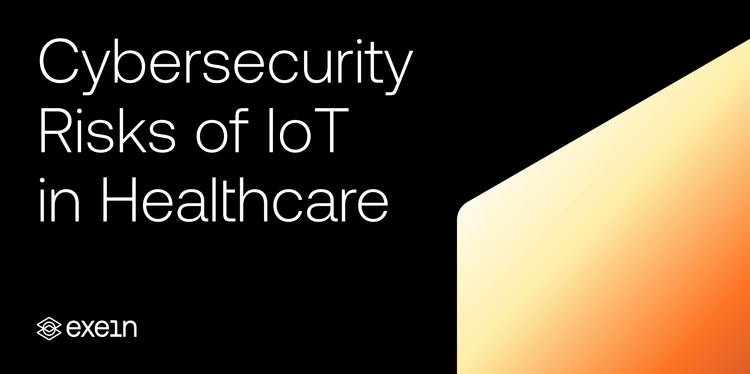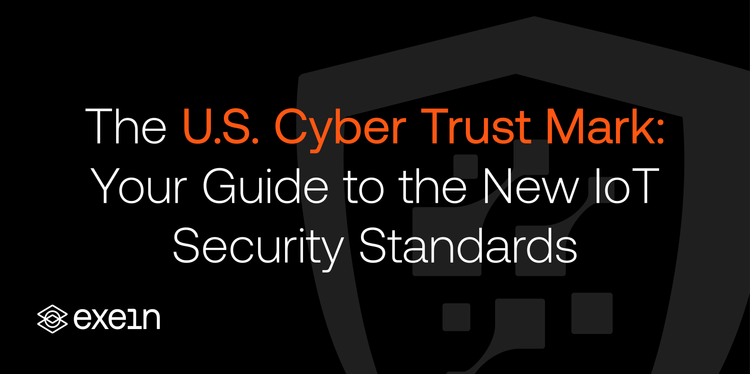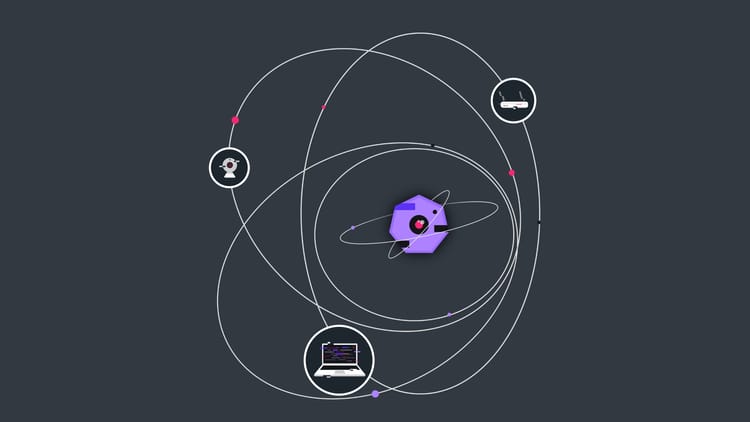The Role of IoT in the Future of Sustainable Living
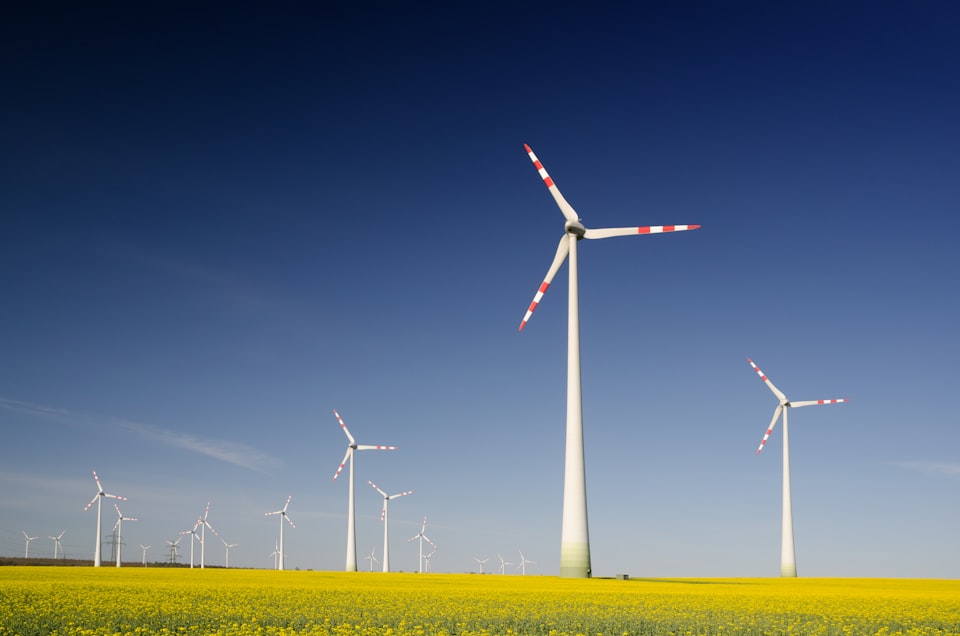
In the ever-evolving landscape of technological innovation, the Internet of Things (IoT) has emerged as a potent force, capable of reshaping the fabric of contemporary society. With its unparalleled capacity for interconnectivity, the IoT offers boundless potential for the creation of a more sustainable future, one that promotes harmony between our modern needs and the environment. In this brave new world, the role of IoT in sustainable living becomes an essential consideration for those seeking to forge a greener path.
Nestled within the intricate web of connected devices that define the IoT, one may find an array of opportunities to not only drive sustainability efforts but also to foster deeper meaning and satisfaction in the ways we interact with the world around us. Contrary to the belief that technological advancements may alienate us from our environment, IoT technologies serve to enhance our connection to the natural world and empower us to make more informed decisions about the resources we consume.
Central to the IoT's role in sustainable living is the concept of smart homes and buildings. These interconnected abodes offer an unprecedented level of control and insight into the energy consumption patterns of both residential and commercial properties. By integrating sensors and automated systems, smart buildings can optimize energy usage, minimizing waste while maximizing comfort and efficiency. The broader implications of such advancements bode well for a world increasingly conscious of its carbon footprint, as these innovations serve to mitigate the harmful effects of our energy consumption on the environment.
Moreover, the IoT's capacity for data collection and analysis provides invaluable insights into the ways we interact with our surroundings. As a result, we can identify patterns and trends that may otherwise go unnoticed, thereby enabling us to make more informed decisions about resource allocation and conservation. For instance, the integration of IoT technologies in agriculture allows for the precise monitoring of soil conditions, water usage, and crop health. This real-time data enables farmers to implement targeted interventions, reducing waste and promoting more efficient use of resources.
Similarly, in the realm of transportation, IoT-enabled systems offer a wealth of opportunities for creating more sustainable and efficient mobility solutions. Connected vehicles, smart traffic management systems, and real-time public transit information can all contribute to reduced congestion and emissions, while simultaneously improving the quality of life for urban dwellers. By harnessing the power of IoT technologies, we can revolutionize the way we move through our cities, opting for greener and more sustainable modes of transportation that minimize our impact on the environment.
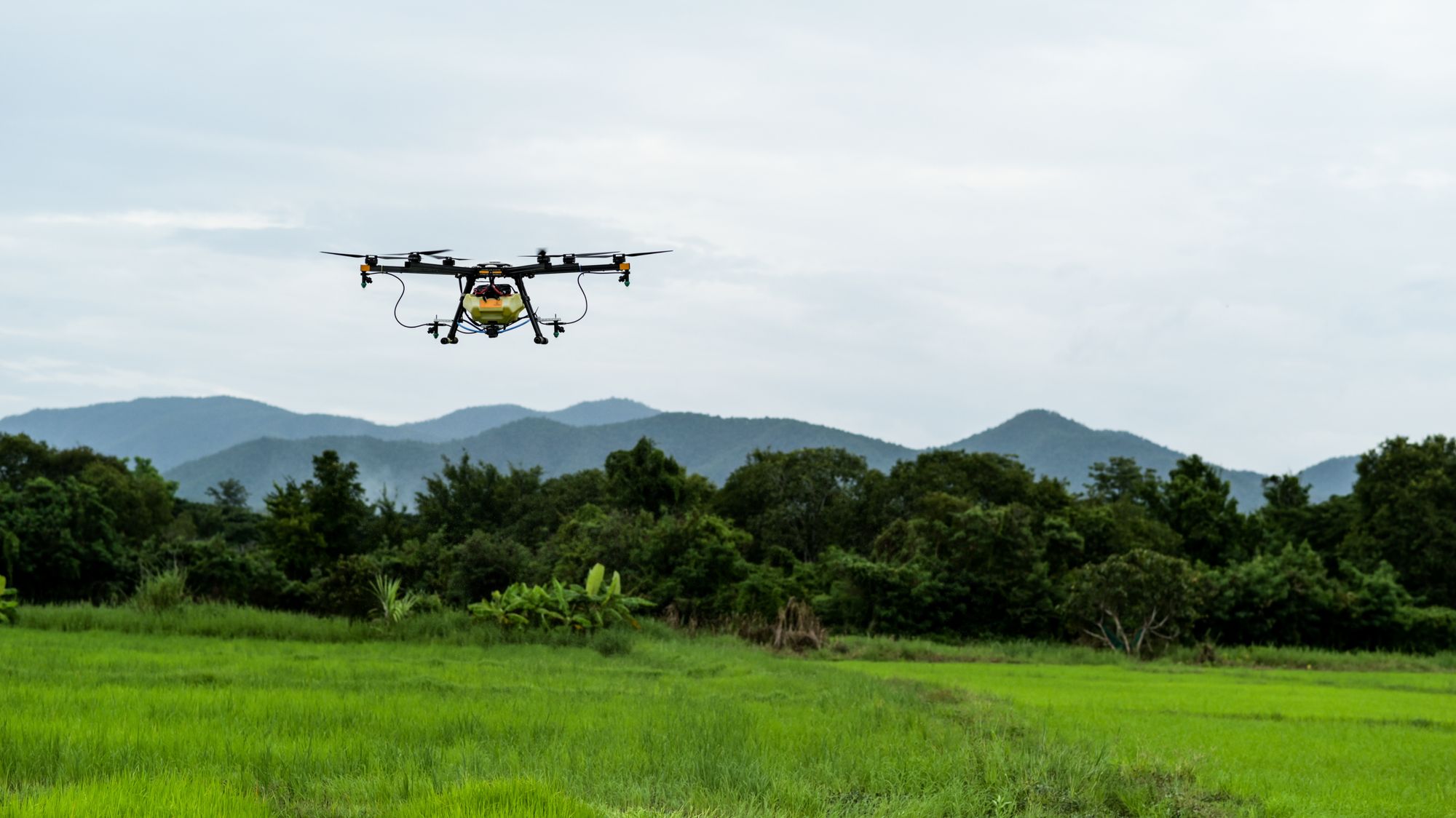
But the potential of the IoT in sustainable living goes beyond individual sectors and industries. The true power of these interconnected technologies lies in their ability to foster collaboration and coordination among various stakeholders. By seamlessly integrating data from multiple sources, the IoT enables the development of innovative solutions to complex challenges, driving sustainability on a global scale.
Consider, for example, the burgeoning field of smart cities. By leveraging IoT technologies, urban planners can create more efficient and sustainable urban environments, integrating resource management, transportation, and public services to minimize waste and maximize quality of life. The smart city of the future is one in which IoT technologies have been harnessed to improve air quality, reduce energy consumption, and manage waste more effectively, all while enhancing the overall well-being of its citizens.
Furthermore, the IoT has the potential to democratize access to information and resources, empowering individuals and communities to engage in sustainable living practices. As IoT technologies become more accessible and affordable, we may see a shift towards decentralized, grassroots sustainability efforts, driven by local communities and their unique needs. This bottom-up approach to sustainability, enabled by the IoT, has the potential to inspire widespread change and foster a sense of shared responsibility for the health of our planet.

In the coming years, the role of IoT in the future of sustainable living will undoubtedly continue to evolve and expand, as new technologies emerge and the possibilities for connectivity grow ever more sophisticated. As we navigate the challenges of the 21st century, the IoT will play an increasingly pivotal role in driving global sustainability efforts, transforming not only the way we live but also the way we perceive our relationship with the environment.
One of the most significant aspects of this transformation lies in the potential for IoT technologies to enhance our understanding of the complex and interconnected systems that govern our world. As we gain greater insight into the inner workings of ecosystems, resource cycles, and the myriad factors that influence sustainability, we will be better equipped to design and implement innovative solutions to the most pressing environmental challenges of our time.
It is crucial, however, that we approach the integration of IoT technologies into sustainable living with a sense of responsibility and caution. As we embrace the power of connectivity, we must also remain mindful of the potential pitfalls, such as privacy concerns, data security issues, and the potential for widening socioeconomic disparities. By addressing these challenges head-on and working collaboratively to develop equitable and inclusive solutions, we can harness the full potential of IoT in the service of a greener, more sustainable future.
In conclusion, the role of IoT in the future of sustainable living represents a promising and transformative force, one that holds the potential to reshape our relationship with the environment and redefine the way we engage with the resources at our disposal. By embracing the power of connectivity and fostering a spirit of collaboration, we can work together to build a more sustainable world, one in which technology serves not as a barrier but as a bridge, connecting us to the environment and empowering us to create a brighter, greener future for generations to come.

